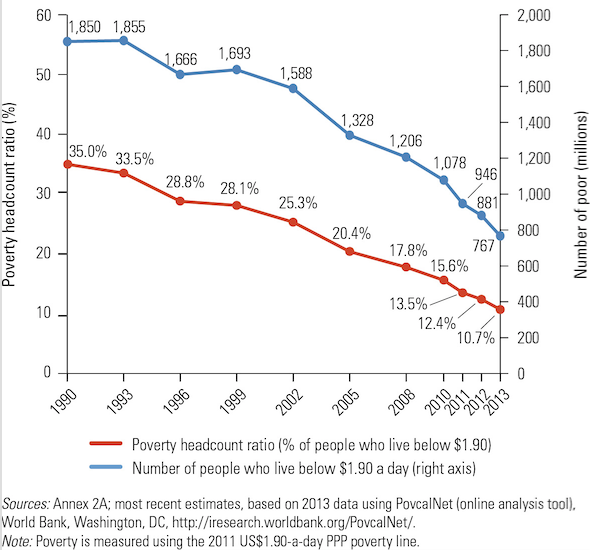
Sounds ridiculous, right? Especially when you start talking about including a “big, beautiful door.” But according to Peter Andreas of Brown University, “the wall will not only be for real, but it may be one of his biggest political successes.” After pointing out the fuzzy meaning of “wall” (Trump even said “certain areas” may be a fence), Andreas reminds us that “Trump’s predecessors carefully avoided calling any new border barriers a “wall.” Before Trump, the term was politically taboo, viewed as sending the wrong message to Mexico and to the world.” Trump’s breaking of this taboo made his rhetoric jarring to detractors and fresh to supporters, but it doesn’t change the fact that “[s]ince the early 1990s, politicians of all stripes have scrambled to show their commitment to border security. During that time, annual federal funding for border and immigration control mushroomed from $1.5 billion to $19.5 billion. According to one estimate, Washington spends $5 billion more on border and immigration control than for all other federal law enforcement combined.” The explosion in border control “has been lethal for many migrants trying to cross, with thousands of deaths to date, while enriching the smugglers on whom migrants must rely.” On top of this, “it has been politically rewarding for both Democrats and Republicans alike. Trump is simply taking it to the next level.” Despite Trump’s scoffs at our current border security, almost 700 miles of his proposed 1,000 mile wall “are already in place, and portions of it very much look like a formidable metal wall. It is hard to imagine Trump tearing all that fencing up and starting from scratch. What’s more realistic is That Trump will simply add more miles of fencing; reinforce existing fencing in key, visible places; and deploy even more border guards, stadium lighting, and the latest high-tech detection and surveillance equipment.”
“In the end,” Andreas concludes, “Trump’s wall is likely to be the latest addition to the border barrier-building frenzy first launched by President Bill Clinton, greatly expanded by George W. Bush[ref]And voted for by Hillary Clinton, Barack Obama, and Joe Biden.[/ref] and continued by Obama.[ref]President Obama “has presided over one of the largest peacetime outflows of people in America’s history.” And don’t forget that he jailed Central American women and children who crossed illegally and ended amnesty for Cubans.[/ref] But Trump will take full ownership of it as the only president willing to actually call it a wall.”

.gif)


 A brand new
A brand new 


 The outcome of the election still has many rocking. I had taken up reading GMU law professor Ilya Somin’s
The outcome of the election still has many rocking. I had taken up reading GMU law professor Ilya Somin’s 
 It turns out that favorite buzzwords and phrases like “racist,” “white privilege,” and “implicit bias” are often seen by these voters “as coded slurs. These terms don’t signal to them that they’re doing something wrong, but that their supposedly racist attitudes (which they would deny having at all) are a justification for lawmakers and other elites to ignore their problems…What’s more, accusations of racism can cause white Americans to become incredibly defensive — to the point that they might reinforce white supremacy. Robin DiAngelo, who studies race at Westfield State University, described this phenomenon as “white fragility” in
It turns out that favorite buzzwords and phrases like “racist,” “white privilege,” and “implicit bias” are often seen by these voters “as coded slurs. These terms don’t signal to them that they’re doing something wrong, but that their supposedly racist attitudes (which they would deny having at all) are a justification for lawmakers and other elites to ignore their problems…What’s more, accusations of racism can cause white Americans to become incredibly defensive — to the point that they might reinforce white supremacy. Robin DiAngelo, who studies race at Westfield State University, described this phenomenon as “white fragility” in